Home>Technology>Security & Surveillance>How To Lock A Door From The Inside
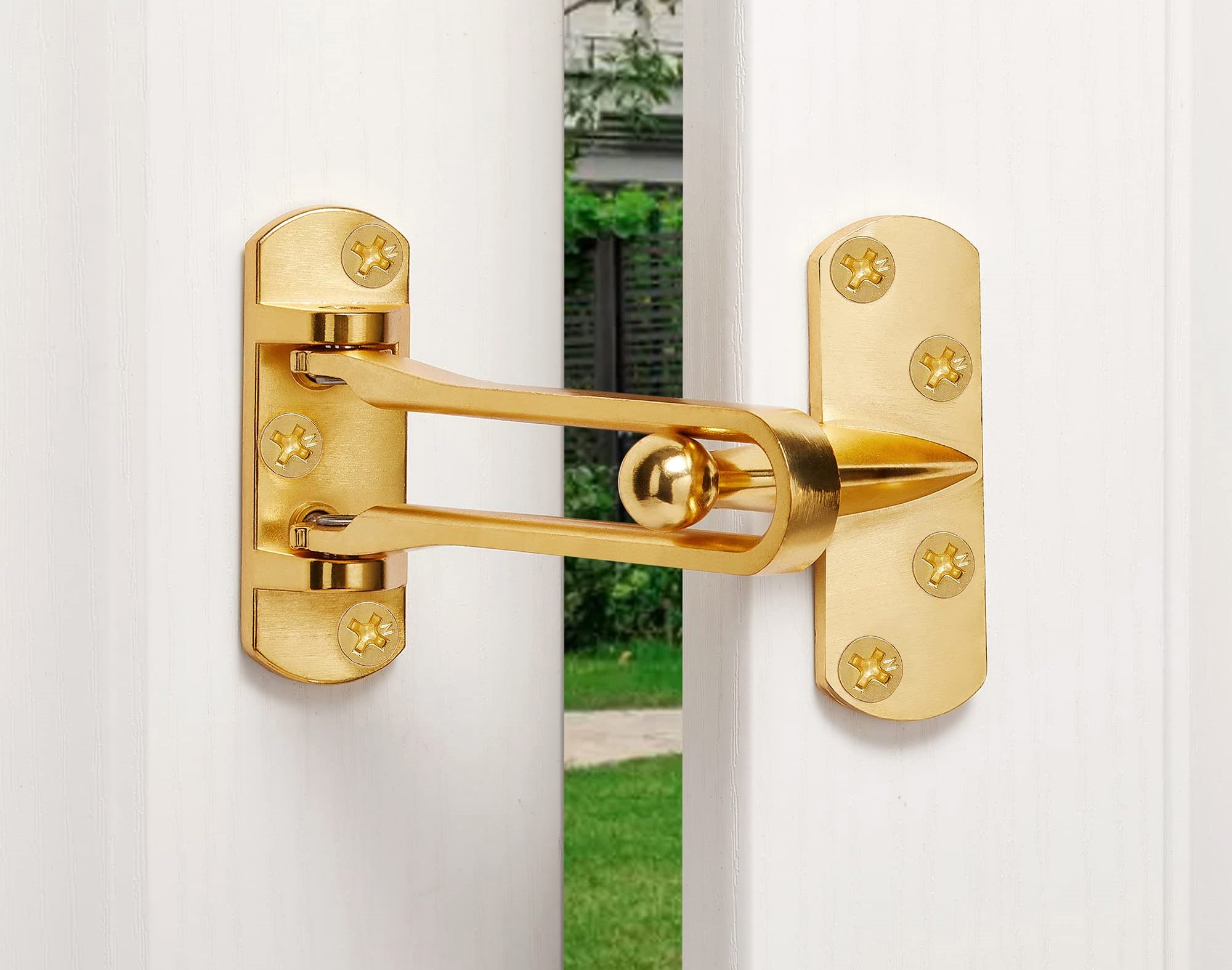

Security & Surveillance
How To Lock A Door From The Inside
Modified: January 3, 2024
Learn how to increase your home security with our guide on how to lock a door from the inside. Enhance your safety and peace of mind today.
(Many of the links in this article redirect to a specific reviewed product. Your purchase of these products through affiliate links helps to generate commission for Storables.com, at no extra cost. Learn more)
Introduction
Welcome to the world of security and surveillance, where safeguarding your home and loved ones is paramount. In this comprehensive guide, we will delve into the art of locking a door from the inside, exploring various types of locks, basic locking mechanisms, and additional security measures to fortify your living space.
Securing your home is not just about physical barriers; it's about peace of mind and the assurance that your sanctuary remains impenetrable to potential threats. Whether you reside in a bustling urban neighborhood or a tranquil suburban enclave, the importance of a well-secured door cannot be overstated. By understanding the intricacies of door locks and implementing additional security measures, you can create a robust defense against unauthorized entry.
Join us as we embark on a journey through the realm of door security, where we will unravel the nuances of different lock types, explore the fundamental principles of locking mechanisms, and discover supplementary measures to bolster your home's security. Let's empower you with the knowledge and tools to fortify your abode, ensuring that your haven remains safe and secure at all times.
Key Takeaways:
- Choose the right lock for your home based on your security needs and personal preferences. Deadbolts, knob locks, smart locks, keyless entry systems, and mortise locks offer different levels of protection.
- Enhance your home security with additional measures like security cameras, motion-activated lighting, reinforced door frames, security alarms, and door/window sensors. These proactive steps provide peace of mind and a formidable defense against potential threats.
Read more: How To Lock Bedroom Door From Inside
Types of Locks
When it comes to securing your dwelling, an array of lock types offer diverse levels of protection. Understanding the distinctions between these locks is crucial for selecting the most suitable option for your specific security needs. Let’s explore some of the most prevalent types of locks:
- Deadbolts: A classic choice for residential security, deadbolts offer robust protection due to their solid metal bolts that extend deep into the door frame. Available in single, double, and lockable thumbturn variations, deadbolts provide a high level of resistance against forced entry.
- Knob Locks: Typically integrated into door handle sets, knob locks are commonly used in conjunction with deadbolts. While they offer a basic level of security, they are more susceptible to brute force attacks compared to deadbolts.
- Smart Locks: Embracing the innovation of modern technology, smart locks provide convenience and enhanced security features. These locks can be remotely controlled via smartphones, offer keyless entry, and enable homeowners to monitor access to their property.
- Keyless Entry Systems: Utilizing keypads or biometric scanners, keyless entry systems eliminate the need for traditional keys. This not only enhances convenience but also mitigates the risk of unauthorized key duplication.
- Mortise Locks: Commonly found in older homes, mortise locks are embedded within the door, offering a sturdy and traditional locking solution. They are renowned for their durability and resistance to forced entry.
Each type of lock presents unique advantages and considerations, catering to different security requirements and personal preferences. By evaluating the distinct features of these locks, you can make an informed decision to fortify your home with the most suitable security measures.
Basic Locking Mechanisms
Understanding the fundamental principles of locking mechanisms is essential for comprehending the inner workings of door security. Whether you are installing a new lock or seeking to bolster the existing one, grasping the basic locking mechanisms will empower you to make informed decisions. Let’s explore some of the primary locking mechanisms commonly employed in residential security:
- Pin Tumbler Locks: This ubiquitous mechanism utilizes a set of pins of varying lengths to prevent the lock from rotating without the correct key. When the key is inserted, it aligns the pins at the shear line, allowing the lock to turn and granting access.
- Deadlatch Mechanism: Commonly integrated into knob locks and deadbolts, the deadlatch mechanism features a spring-loaded latch that automatically locks when the door is closed. It prevents the latch from being retracted by a tool or credit card, enhancing security.
- Spring Latch Locks: Employing a spring-operated bolt, spring latch locks are commonly found in knob locks. They are convenient for day-to-day use but are susceptible to unauthorized manipulation due to their spring-loaded nature.
- Cam Locks: Widely used in cabinets and mailboxes, cam locks feature a simple yet effective locking mechanism. When the key is turned, the cam rotates to either lock or release the device, providing a basic level of security.
- Jimmy-Proof Deadlocks: Also known as vertical deadbolts, these locks offer enhanced resistance against physical attacks. They are surface-mounted and interlock with a strike plate, making them less prone to forced entry.
By familiarizing yourself with these basic locking mechanisms, you can gain a deeper understanding of how locks operate and the level of security they provide. This knowledge will serve as a valuable asset when evaluating and enhancing the security of your residential doors.
Use the deadbolt or turn the lock on the doorknob to secure the door from the inside. Make sure the door is fully closed and the lock is engaged to prevent anyone from entering.
Additional Security Measures
While robust locks form the foundation of residential security, implementing additional measures can further fortify your home against potential intrusions. By combining advanced locking mechanisms with supplementary security features, you can create a comprehensive defense system to safeguard your living space. Let’s explore some additional security measures that can enhance the protection of your home:
- Security Cameras: Installing surveillance cameras at strategic locations around your property can act as a powerful deterrent and provide valuable evidence in the event of a security breach.
- Motion-Activated Lighting: Illuminating the surroundings of your home with motion-activated lights can thwart unauthorized entry attempts and enhance visibility during nighttime, deterring potential intruders.
- Reinforced Door Frames: Strengthening the door frames with metal reinforcements can significantly bolster the resistance of your doors against forced entry and kick-ins.
- Security Alarms: Integrating a reliable security alarm system that triggers upon unauthorized access or tampering provides an additional layer of defense, alerting you and relevant authorities to potential threats.
- Door and Window Sensors: Equipping doors and windows with sensors that detect unauthorized openings can serve as an effective early warning system, enabling swift action in response to potential security breaches.
By incorporating these additional security measures into your home security strategy, you can create a formidable barrier against unauthorized access and potential threats. These proactive measures not only enhance the security of your dwelling but also provide you with peace of mind, knowing that your home is well-protected against intrusions.
Conclusion
Securing your home through effective door locking mechanisms and additional security measures is a fundamental aspect of maintaining a safe and protected living environment. By understanding the diverse types of locks, basic locking mechanisms, and supplementary security measures, you can fortify your home against potential intrusions and unauthorized access.
Choosing the right type of lock tailored to your security needs, comprehending the basic locking mechanisms, and implementing additional security measures such as security cameras, motion-activated lighting, reinforced door frames, security alarms, and door and window sensors can collectively elevate the security of your dwelling to a heightened level of protection.
It is essential to approach home security comprehensively, considering both physical barriers and technological advancements to create a robust defense against potential threats. By integrating advanced locking mechanisms and supplementary security features, you can establish a formidable security infrastructure that not only deters intruders but also provides you with peace of mind, knowing that your home is well-protected.
As you embark on the journey of fortifying your home’s security, remember that knowledge is your most potent tool. Stay informed about the latest advancements in security technology, conduct regular security assessments, and proactively address any vulnerabilities to ensure that your home remains a secure and tranquil sanctuary for you and your loved ones.
With a comprehensive understanding of door locking mechanisms and additional security measures, you are well-equipped to create a safe and secure haven where you can thrive and cherish the moments that matter most.
Frequently Asked Questions about How To Lock A Door From The Inside
Was this page helpful?
At Storables.com, we guarantee accurate and reliable information. Our content, validated by Expert Board Contributors, is crafted following stringent Editorial Policies. We're committed to providing you with well-researched, expert-backed insights for all your informational needs.
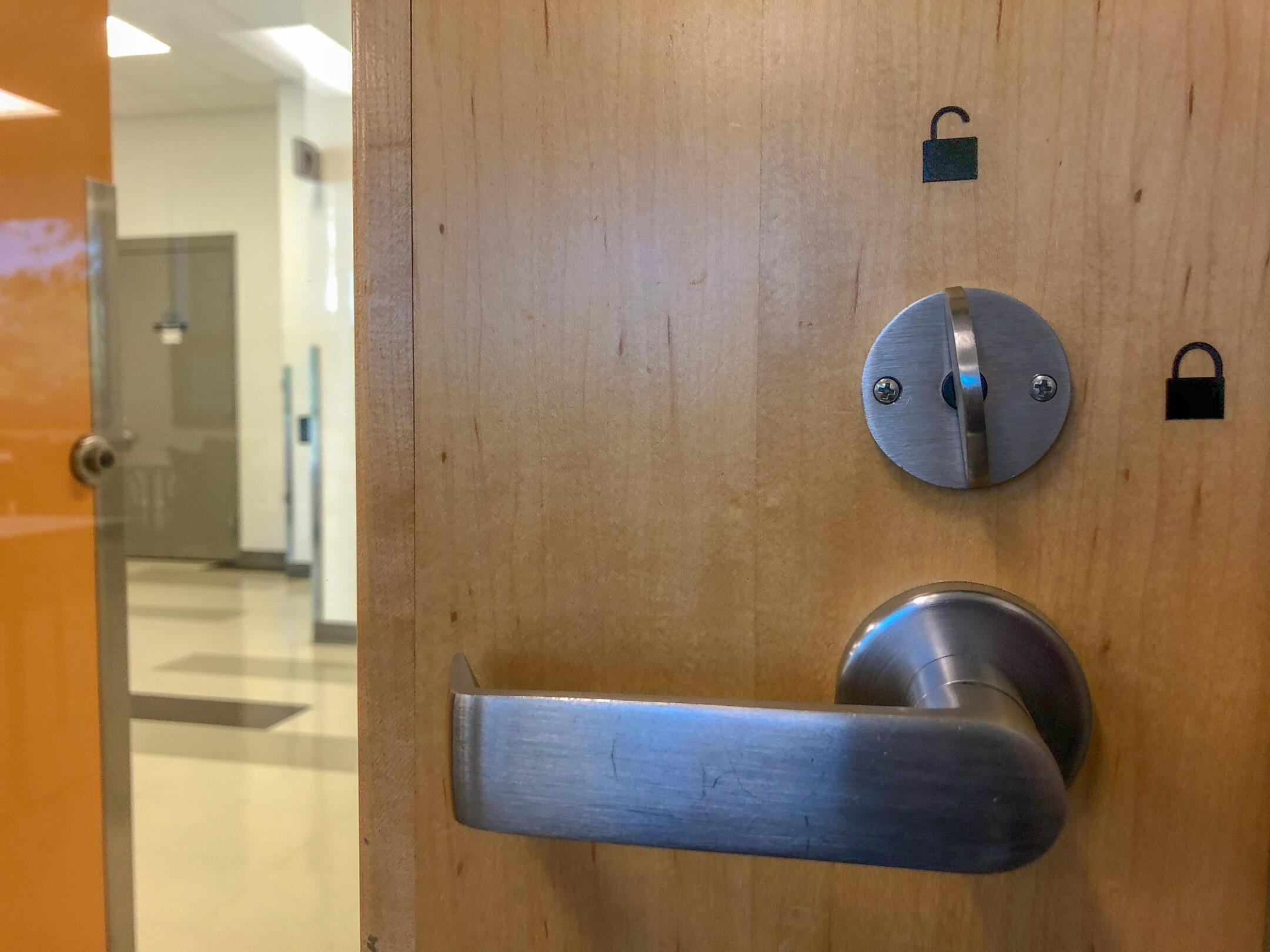
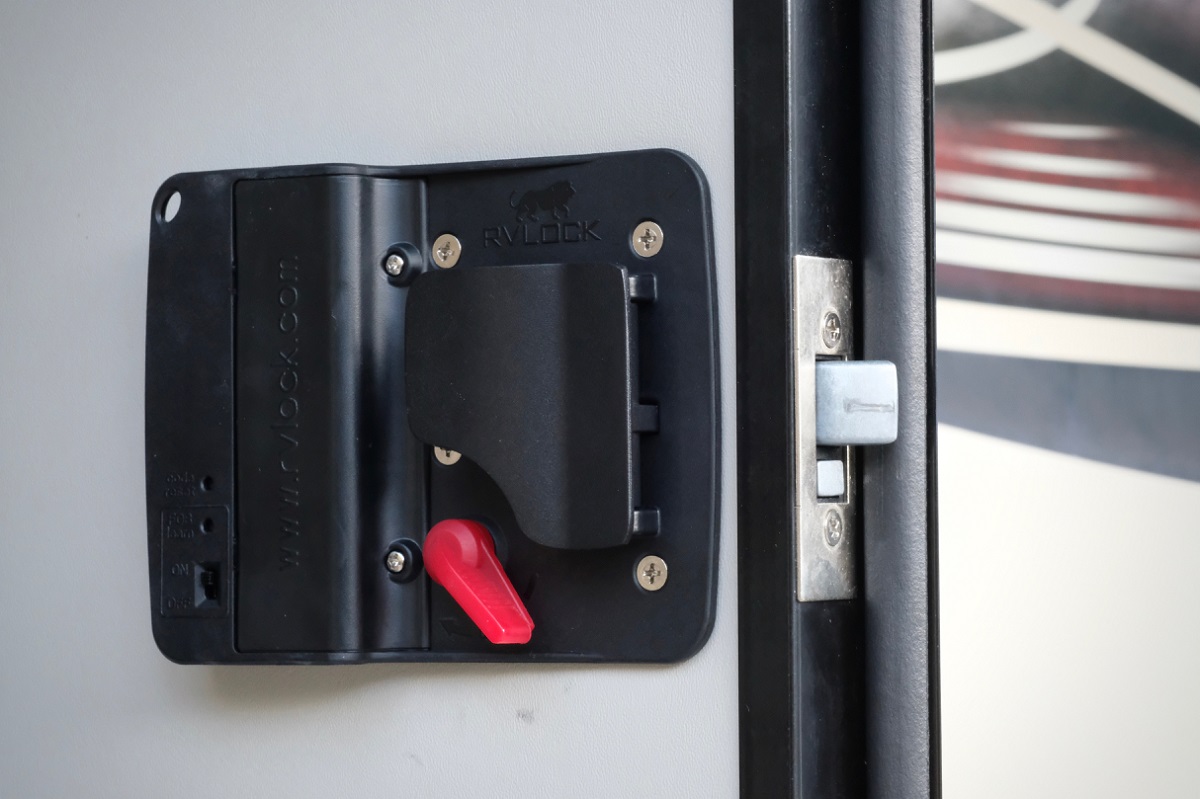
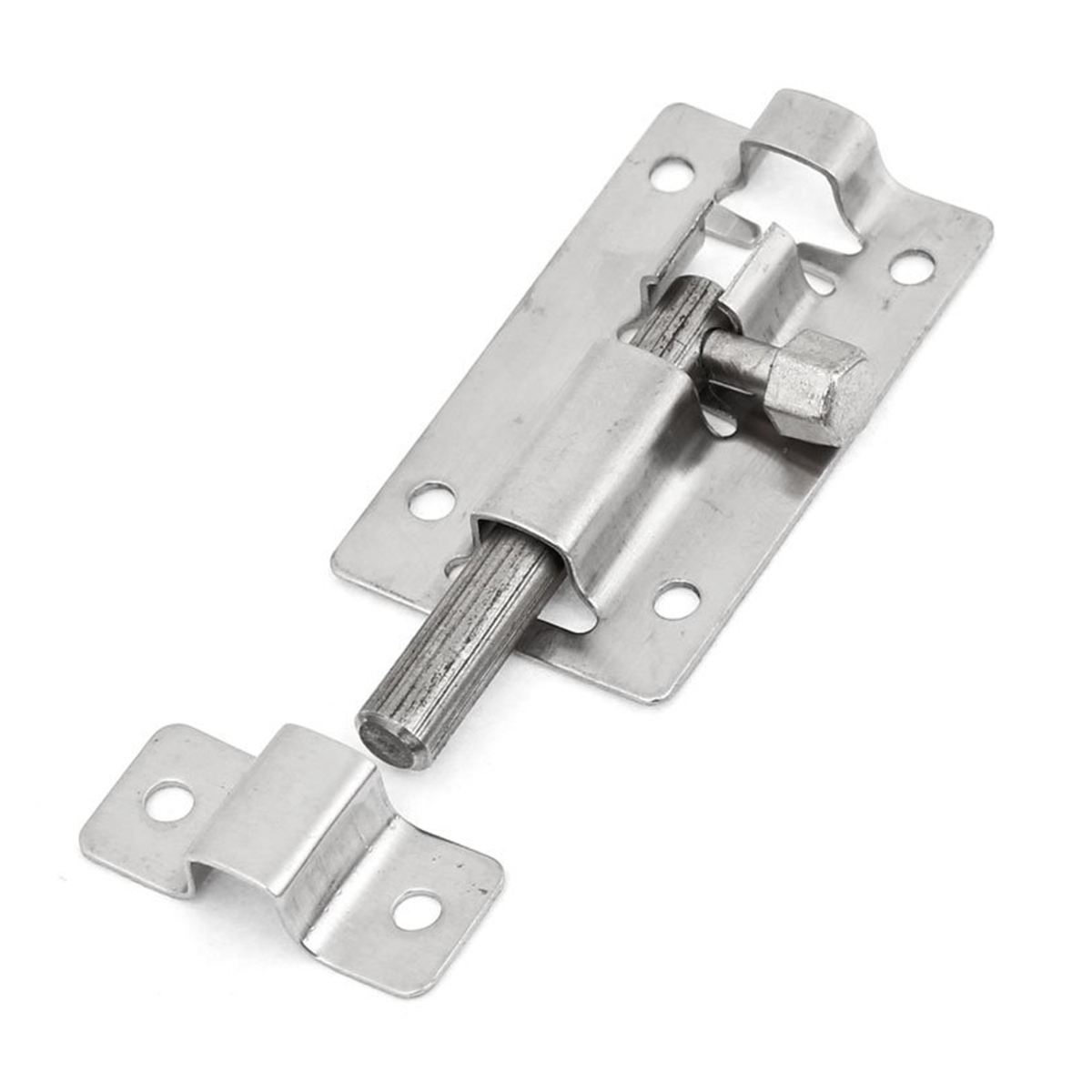
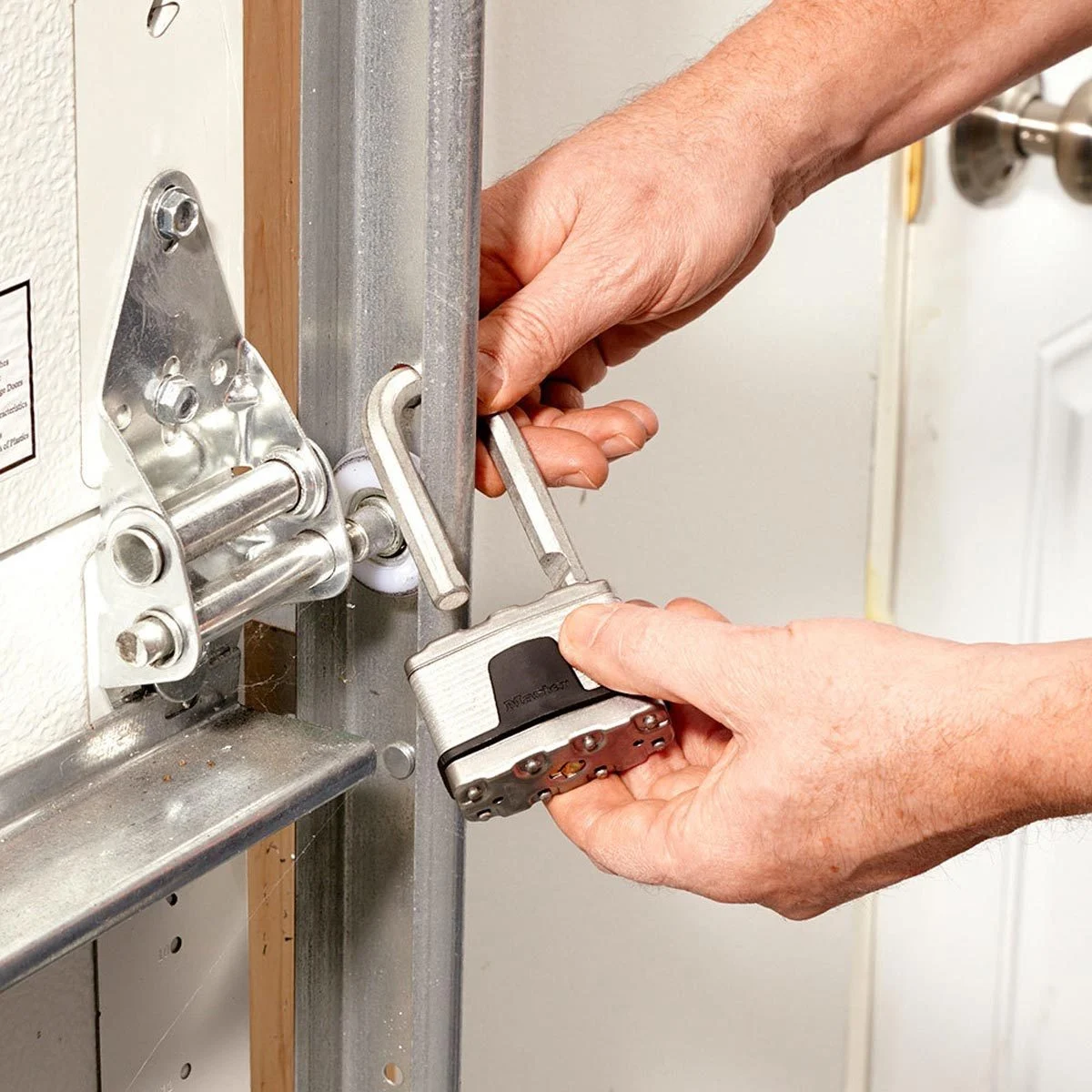
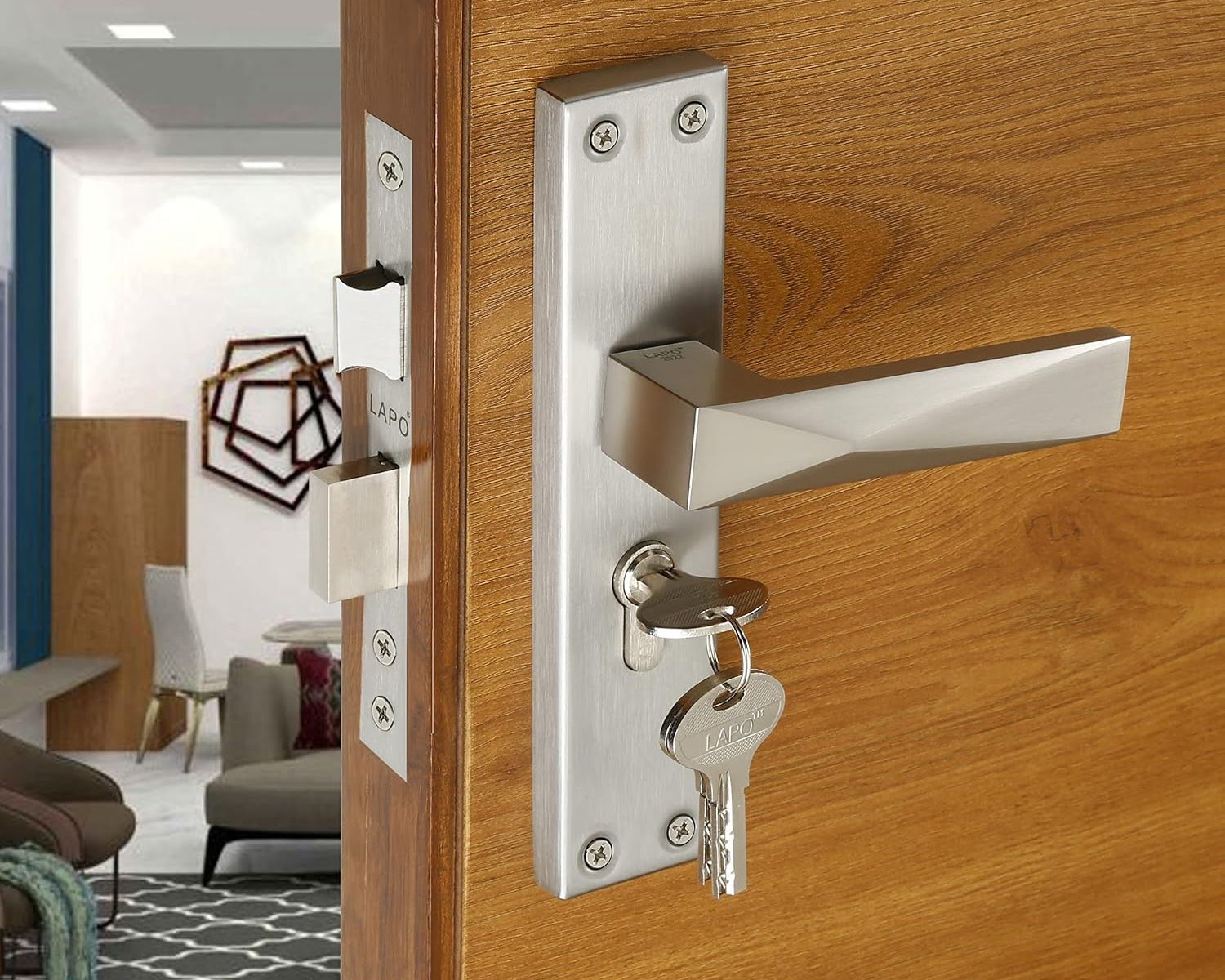
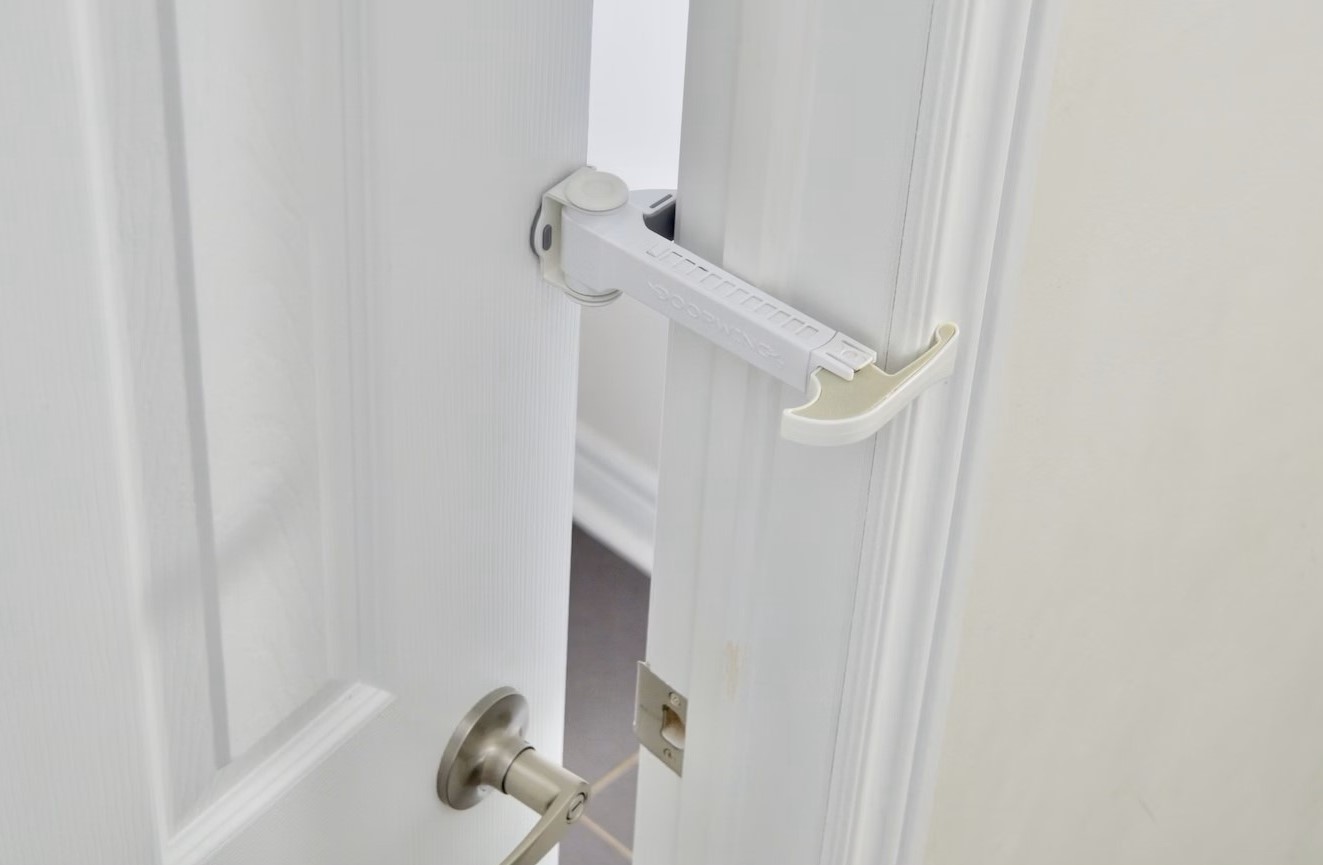
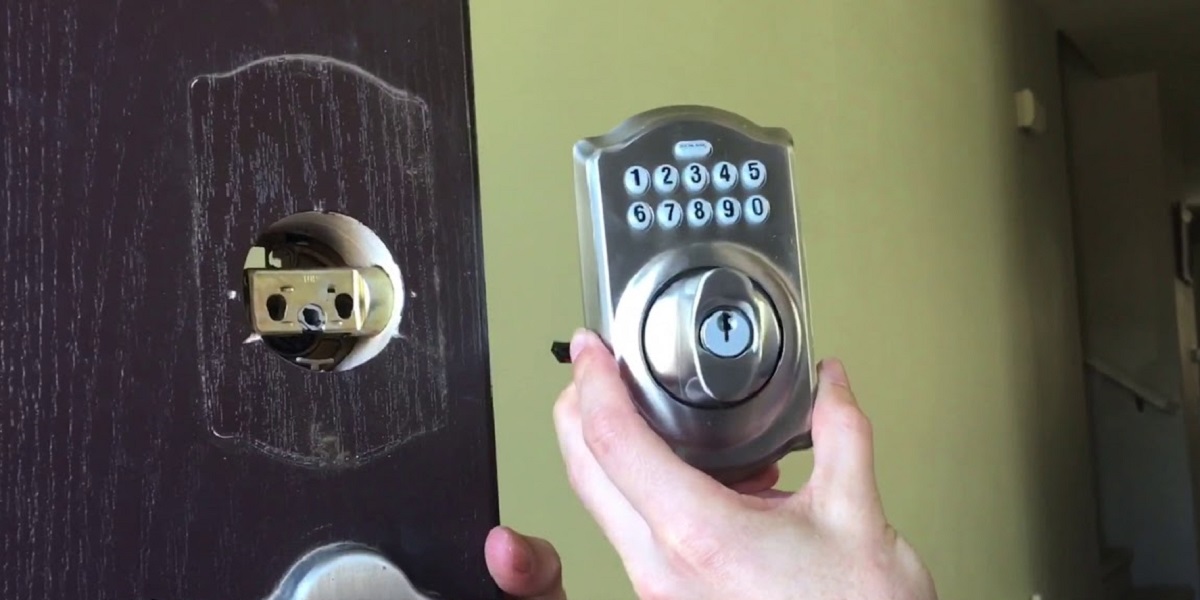
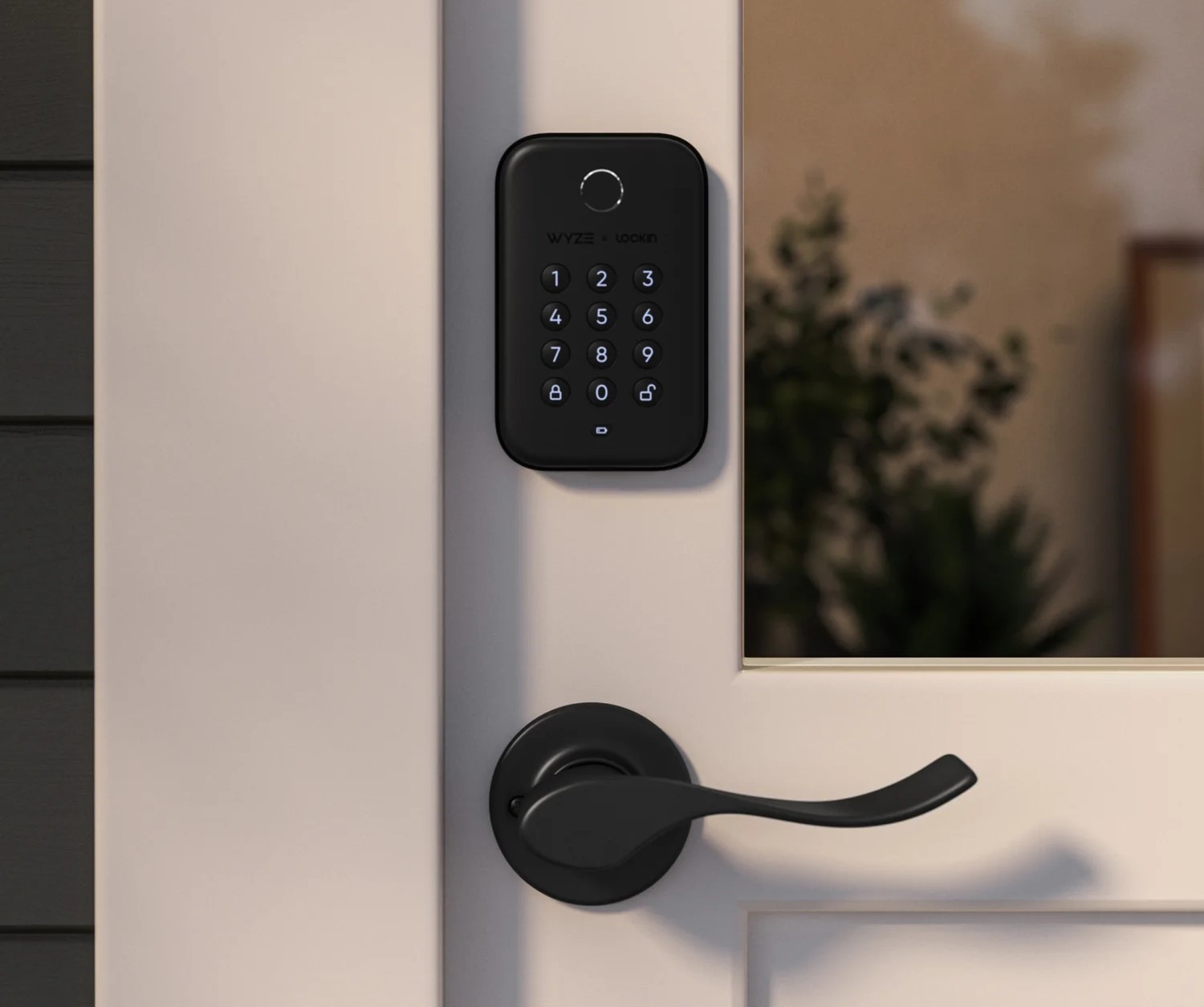
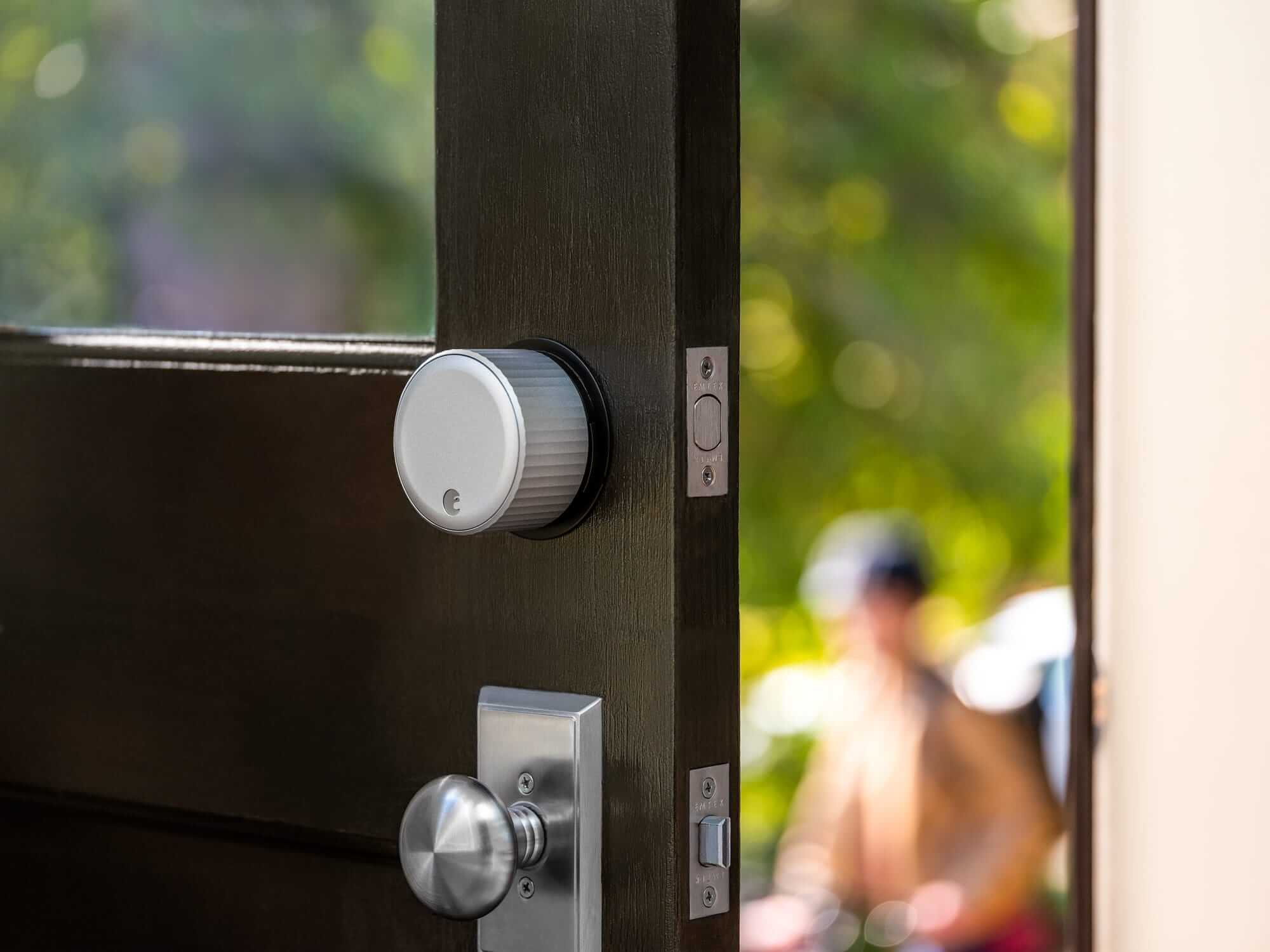
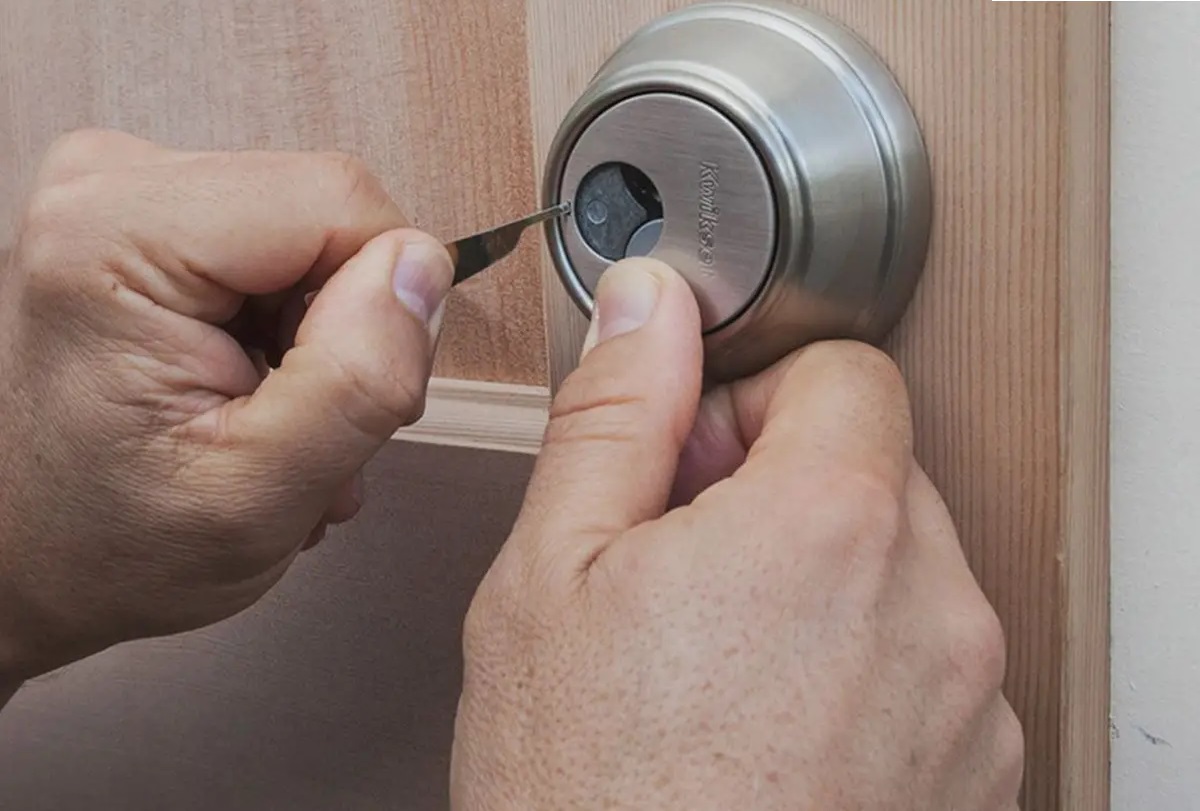
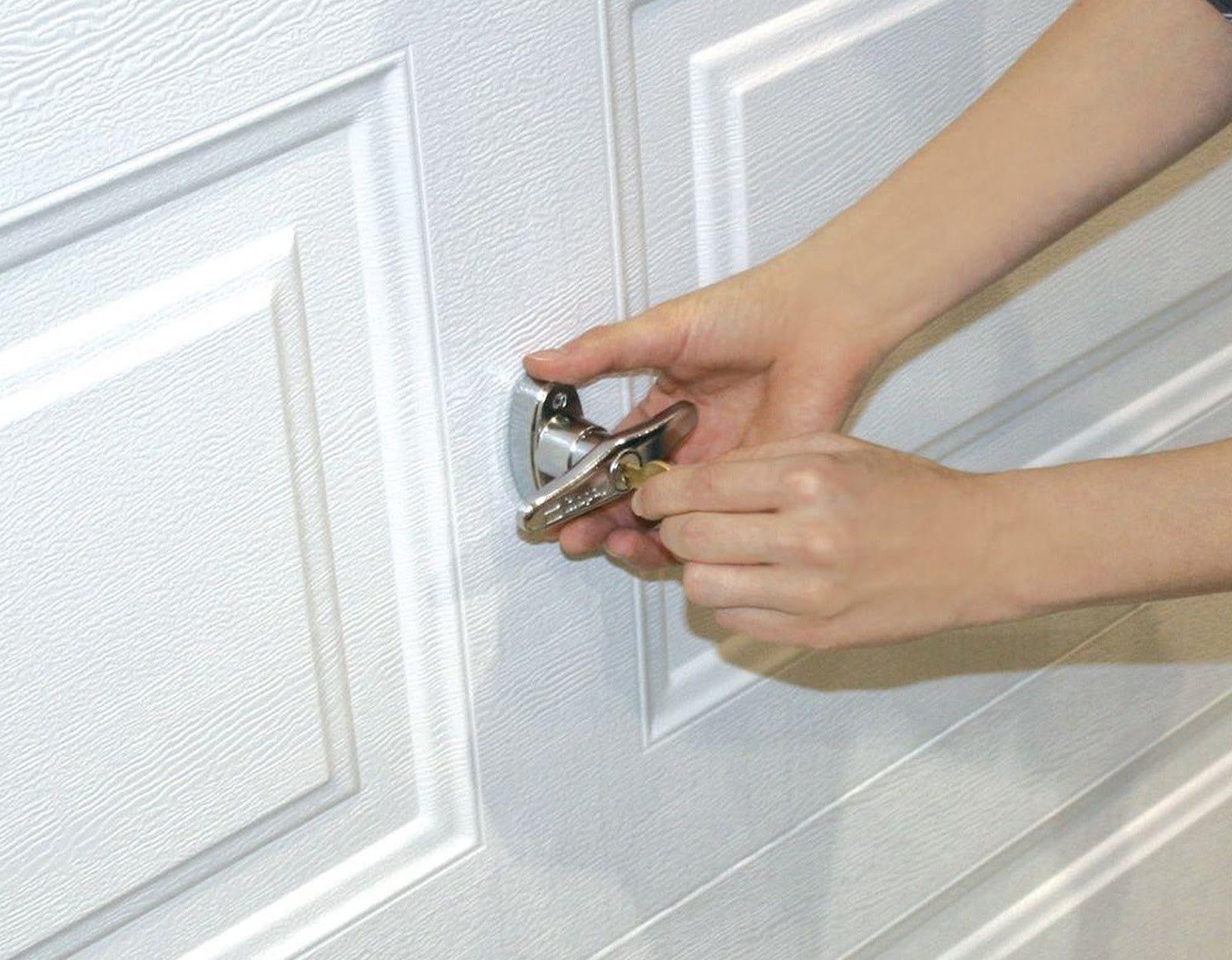
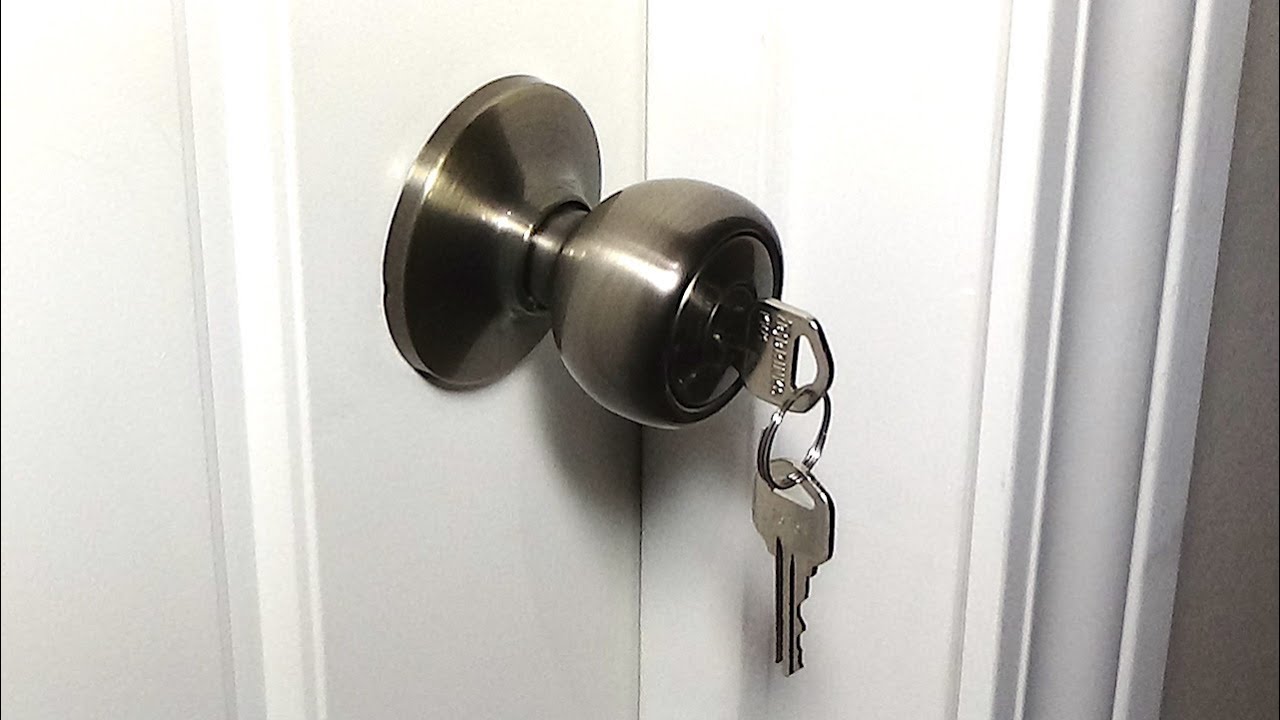
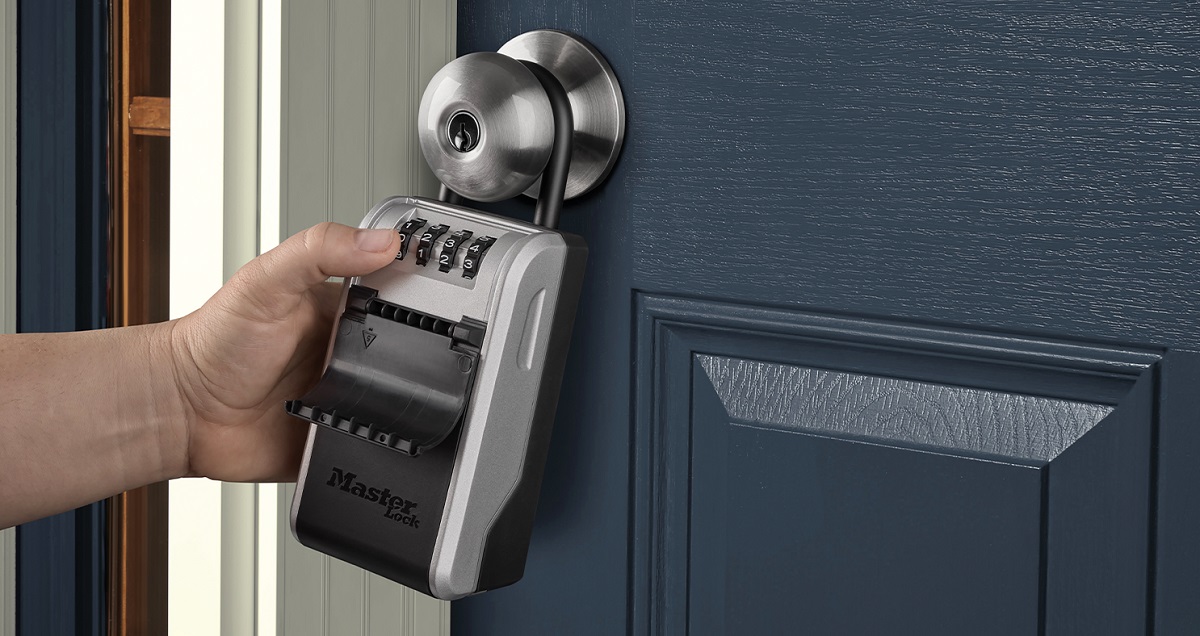
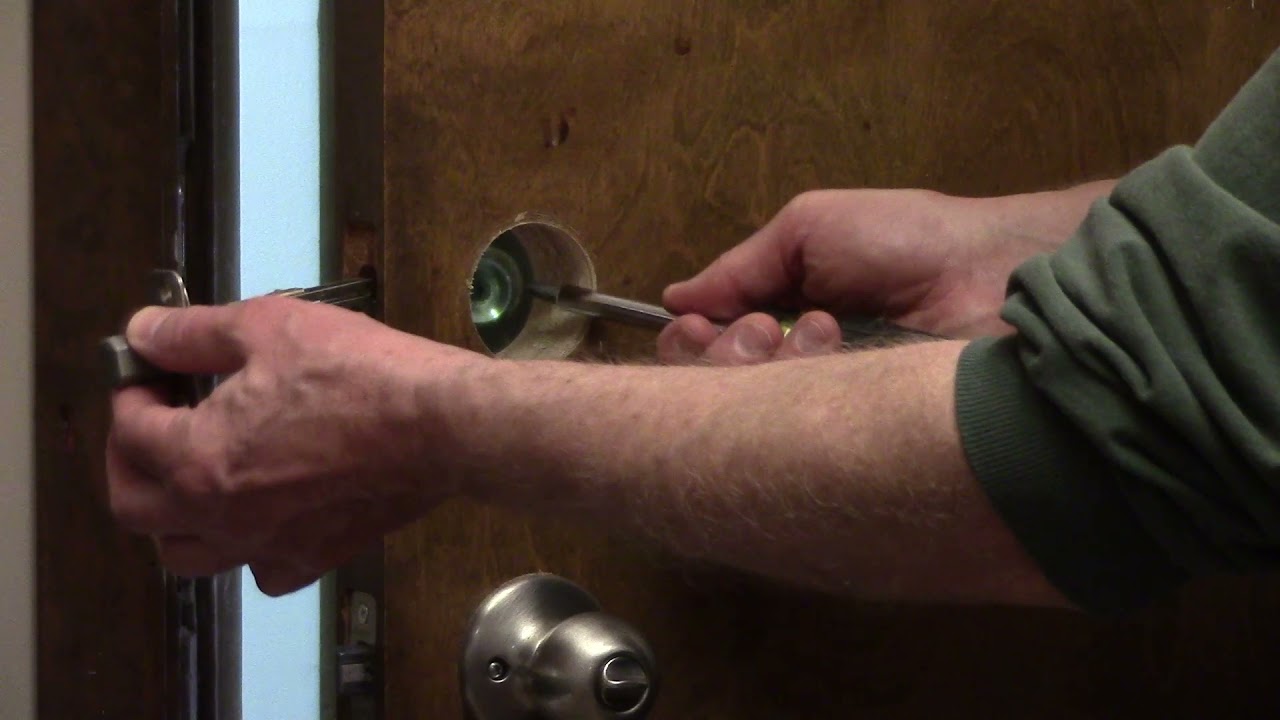
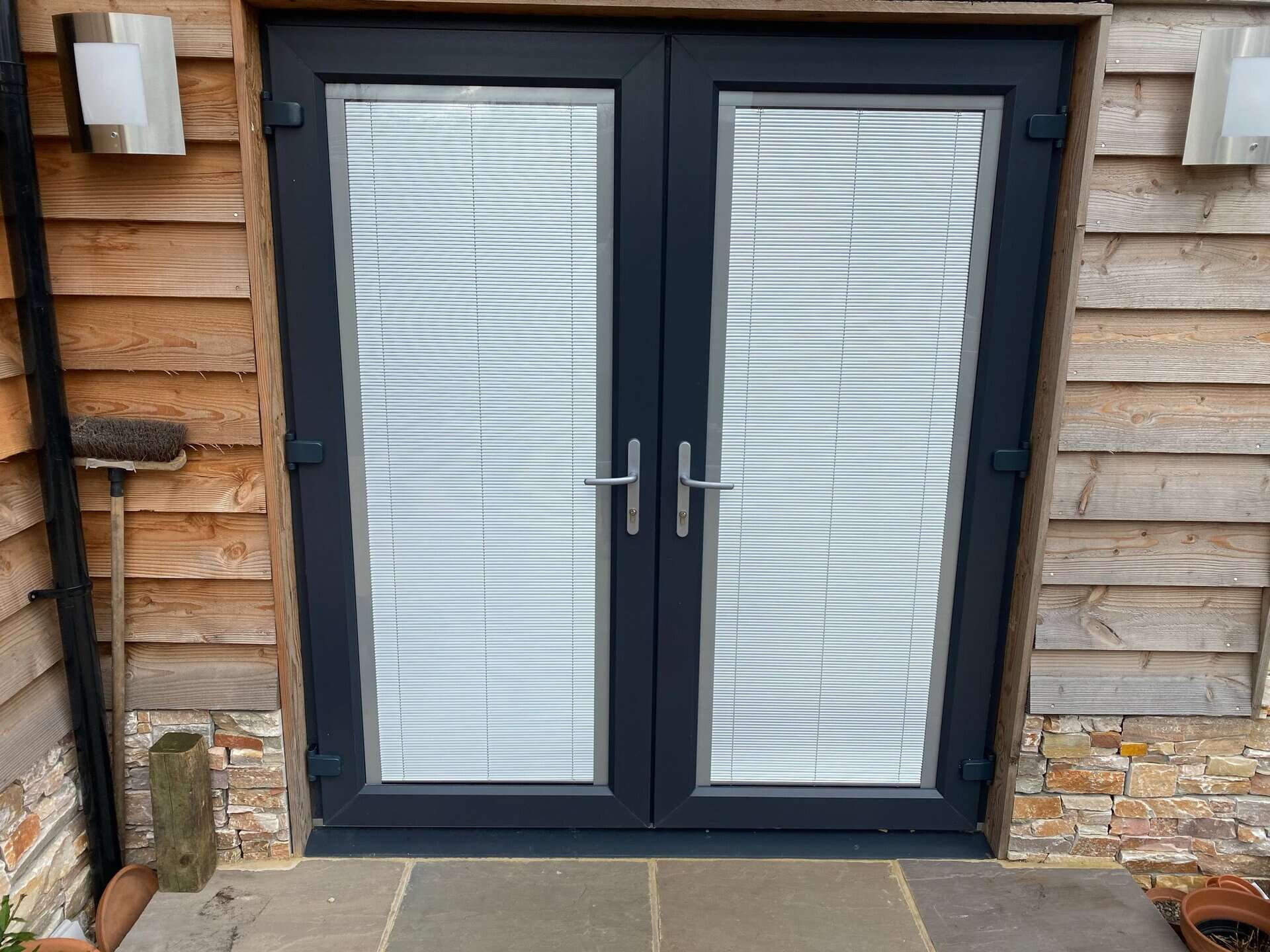

0 thoughts on “How To Lock A Door From The Inside”